Opensource 3D Printed Electronic Components
Here's what we've got planned so far & the status of each:
1. Microswitch (V.2 already completed)
2. Toggle-Switch
3. IoT Push-Button w/ESP8266 (have an old prototype)
4. Headers
5. Arduino Breakout Modules (have hacked together some non-3DP versions already)
 ProgressTH
ProgressTH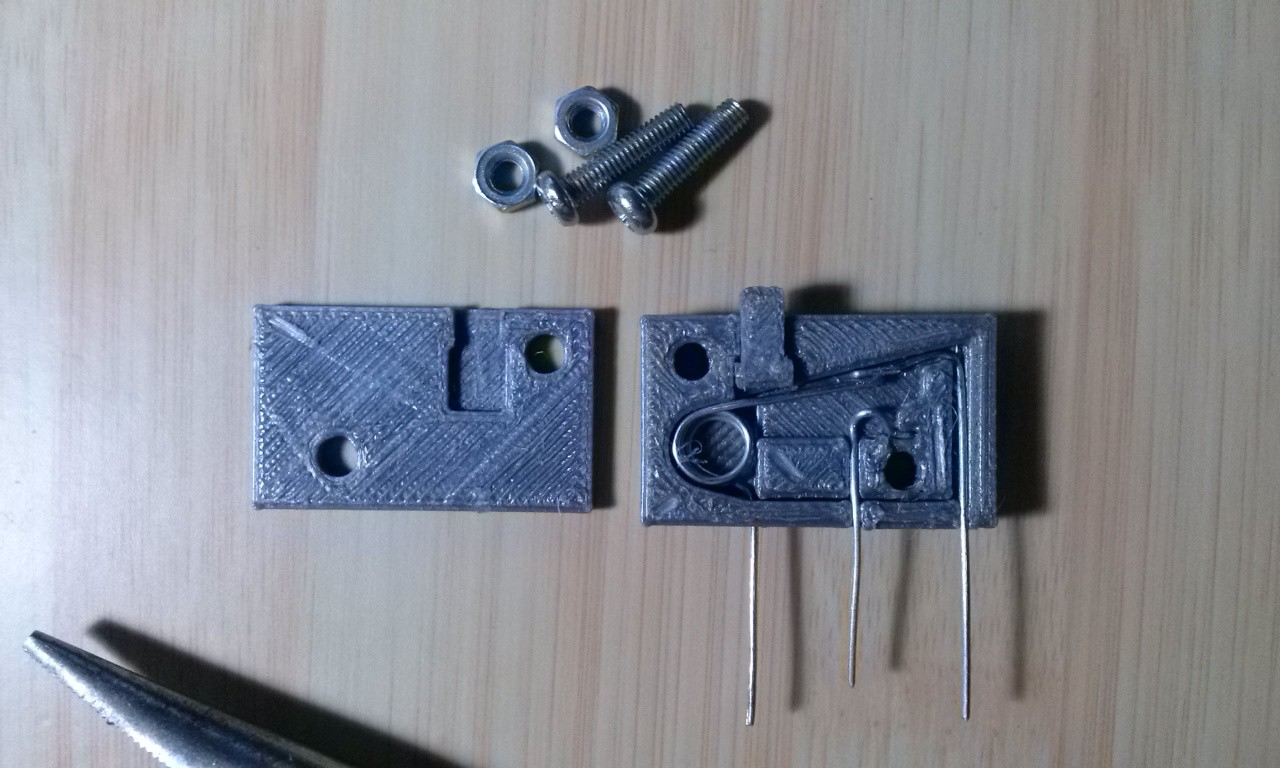
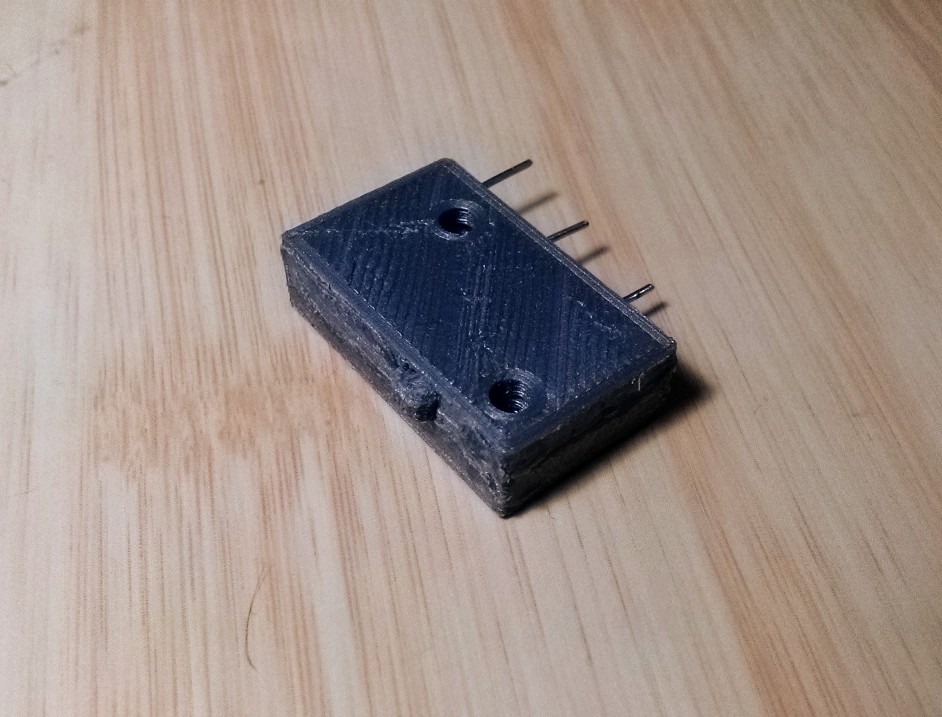


 We included the SketchUp 2015 file and the STL.
We included the SketchUp 2015 file and the STL. 
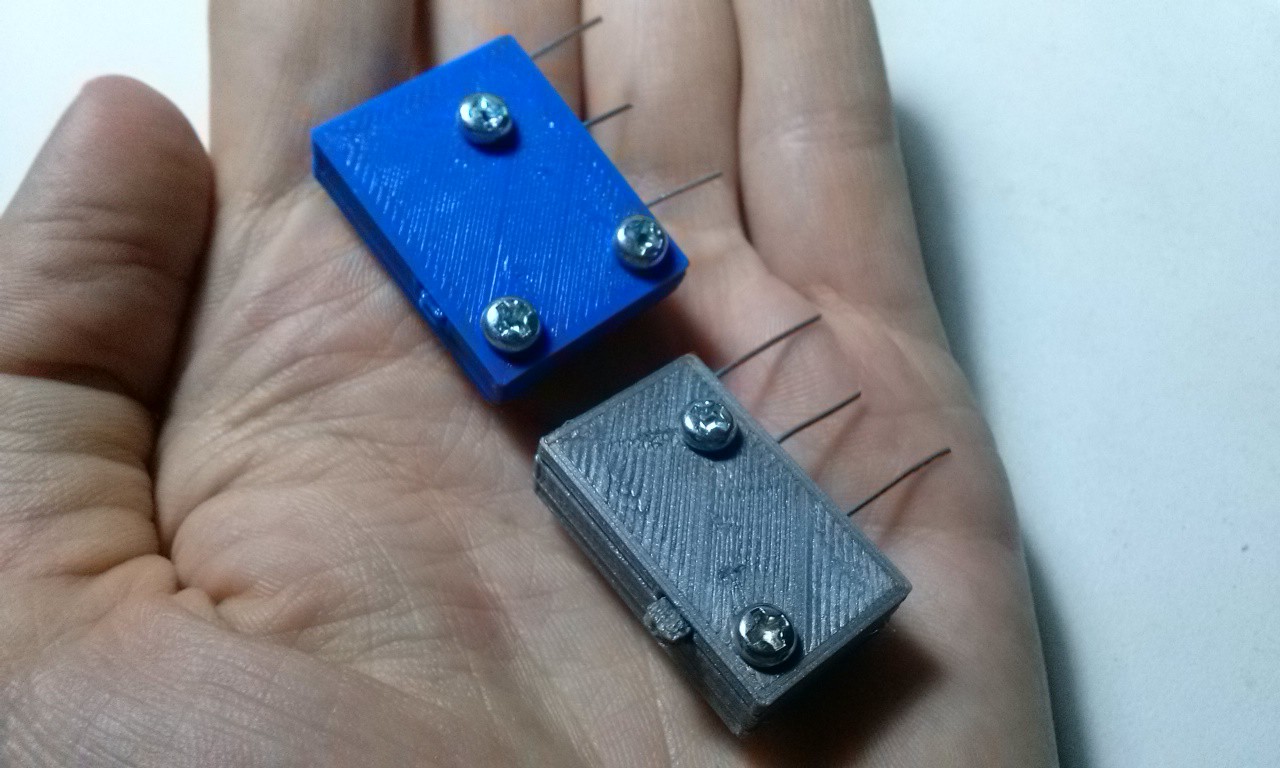
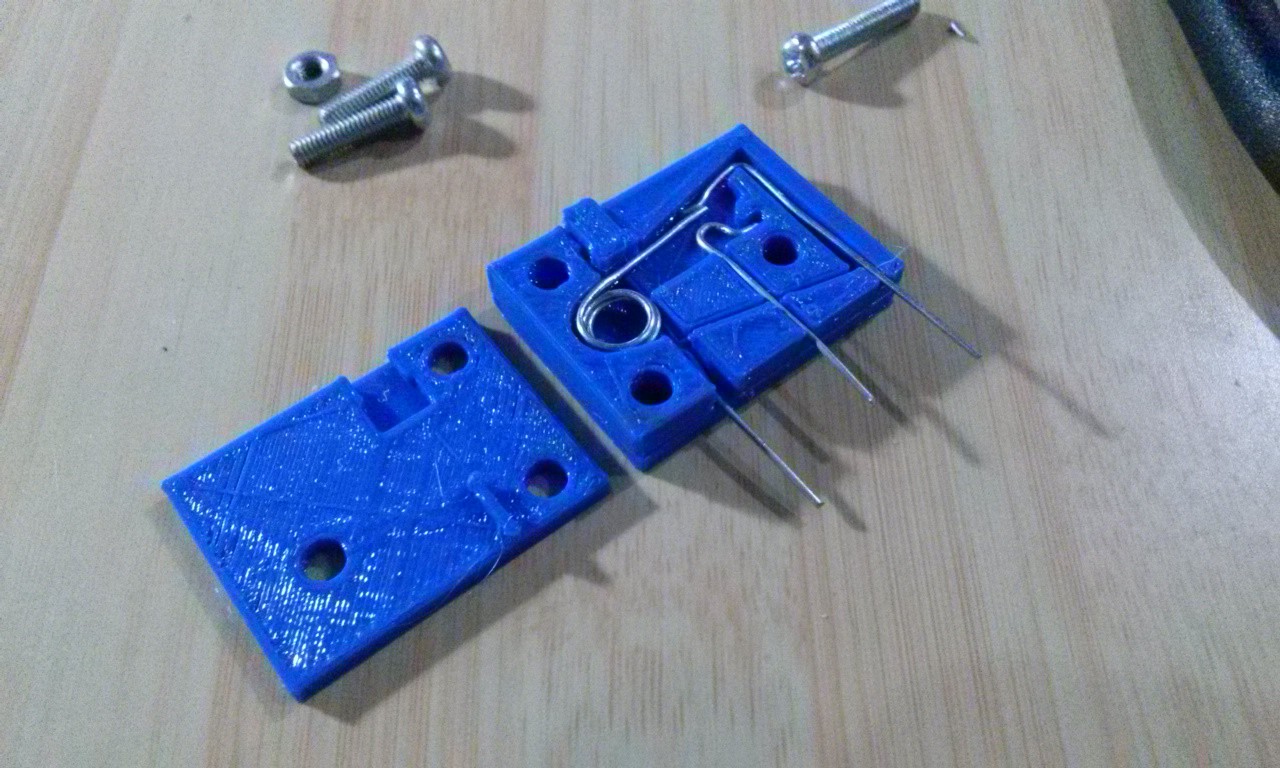

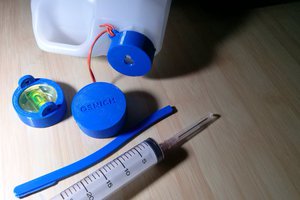
 ProgressTH
ProgressTH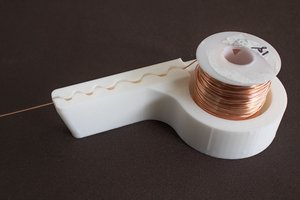
 Roger
Roger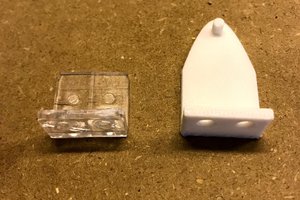
 B K
B K
 Katie G
Katie G
Seems like a pretty neat proof of concept!
That said, it looks like you're using a screw and nut either to hold it together or to mount it. Any reason you wouldn't make it so that at least the nut could sit inside the plastic part?